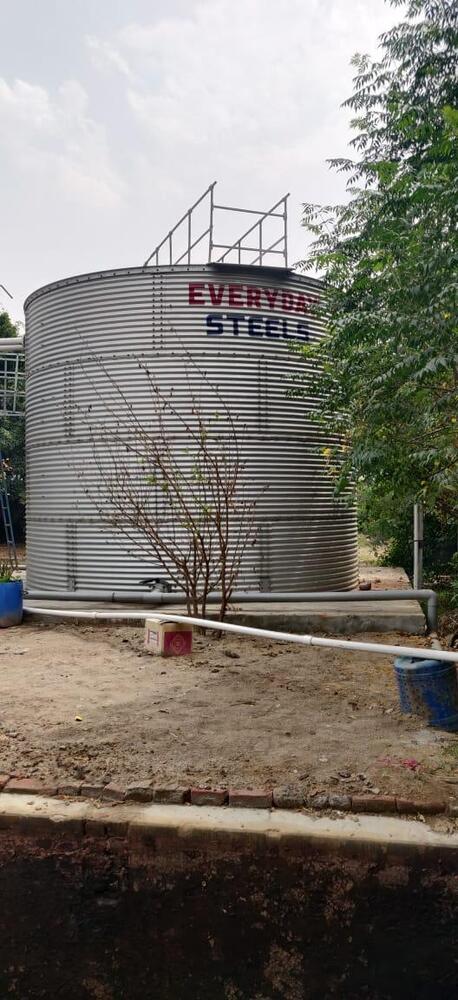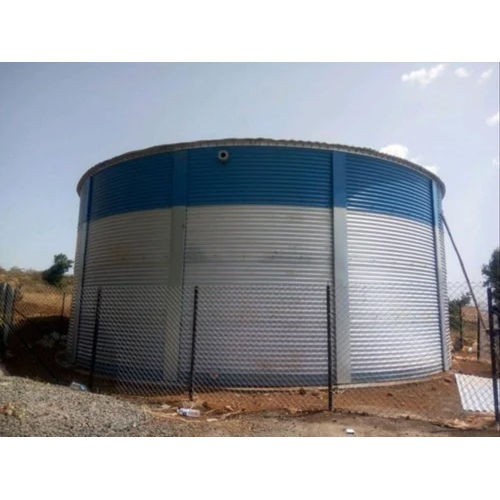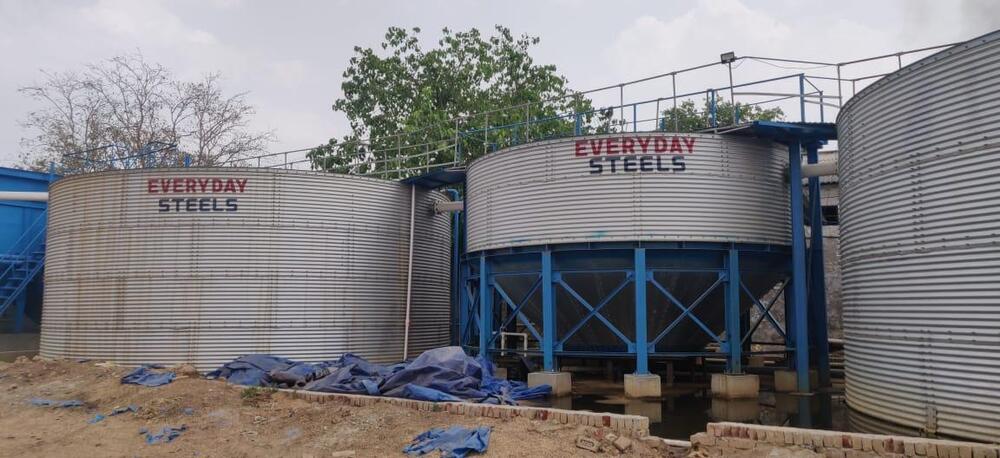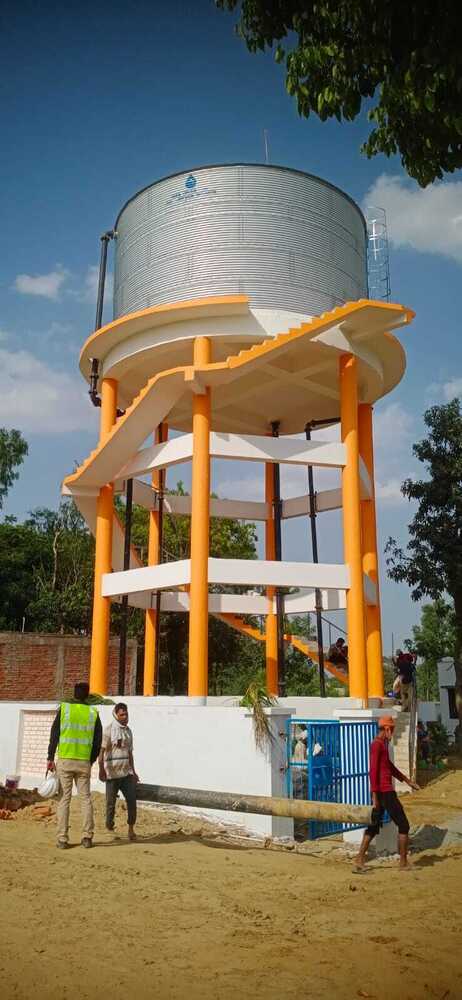Rain Water Collection And Storage Tank
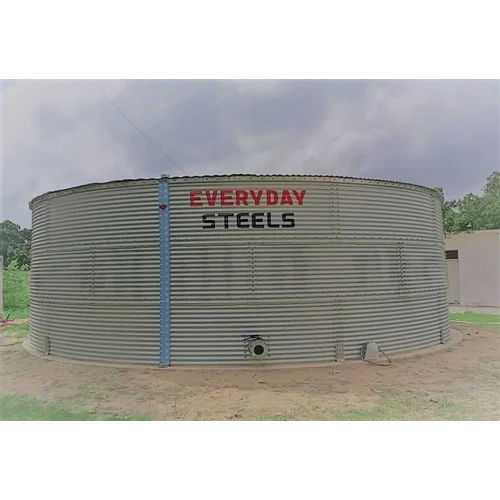
Product Details:
- Color Silver
- Condition NEW
- Product Type Rain Water Collection And Storage Tank
- Usage Industrial
- Size 10000 ltr to 5000000 ltr
Rain Water Collection And Storage Tank Price And Quantity
- 100000.0 INR/Piece
- 1 Piece
Rain Water Collection And Storage Tank Product Specifications
- Rain Water Collection And Storage Tank
- Silver
- Industrial
- NEW
- 10000 ltr to 5000000 ltr
Rain Water Collection And Storage Tank Trade Information
- Cash Advance (CA) Cheque Cash in Advance (CID)
- 10 Piece Per Week
- 7 Days
- Yes
- complete packed
- Asia
- All India
- ISO
Product Description
Rainwater collection and storage tanks are systems designed to capture rainwater from roofs or other surfaces and store it for later use. This practice is highly efficient for water conservation, especially in areas where water scarcity is an issue. These systems can range from simple rain barrels to large, complex cisterns, and are widely used for irrigation, potable water (if treated), or even household uses.
Here are the key components and steps involved in a rainwater collection and storage system:
Key Components:
-
Catchment Area (Roof or Surface):
- Rainwater is typically collected from rooftops, but any sloped, clean surface can be used. The larger the catchment area, the more water you can collect.
-
Gutters and Downspouts:
- Gutters along the edges of the roof direct rainwater into downspouts, which carry the water down into the storage system.
-
First Flush Diverter:
- A device that diverts the first few liters of rainwater, which may contain dust, debris, or contaminants, away from the storage tank. This ensures that cleaner water is stored.
-
Storage Tank/Cistern:
- This is where the rainwater is stored. Tanks can be made of various materials such as plastic, concrete, metal, or fiberglass. Sizes vary from small barrels to large tanks that can hold thousands of liters.
-
Filtration System:
- Basic filtration (like mesh screens) can remove debris before water enters the tank. Advanced systems include carbon or sand filters for purifying the water further, especially if it's being used for drinking.
-
Overflow System:
- When the tank is full, excess water needs to be diverted away to prevent damage to the tank or the surrounding area. Overflow pipes are installed to handle this.
-
Pump or Gravity System:
- If the water is to be used for irrigation or indoor purposes, a pump may be needed to move it. In some cases, gravity can be used to distribute water, depending on the height and position of the tank.
Steps for Installation:
-
Planning the System:
- Assess your rainfall patterns and your water needs to determine the size of the tank and the catchment area required.
-
Cleaning the Roof and Gutters:
- The roof and gutters should be cleaned to ensure that the water collected is free from dirt and debris.
-
Install Gutters and Downspouts:
- Install gutters along the roofline with downspouts directing water to the collection tank.
-
Set Up a First Flush Diverter:
- Install this system at the beginning of the downspout to ensure the first rainwater (which may contain contaminants) is discarded.
-
Install the Storage Tank:
- Choose a location with good access for maintenance and near the downspout. The tank should be elevated if gravity flow is to be used.
-
Connect a Filtration System:
- Ensure any basic or advanced filtration system is in place to remove dirt, leaves, and other contaminants before the water enters the tank.
-
Overflow and Distribution:
- Set up overflow pipes and connect the distribution system for either irrigation or household use.
Benefits of Rainwater Collection:
- Cost Savings: Reduces water bills for irrigation, washing, and even indoor use (if properly treated).
- Environmental Impact: Reduces demand on municipal water systems, helping to conserve water resources.
- Self-Sufficiency: Provides an independent water source for homes and gardens.
- Reduced Erosion: Helps mitigate erosion around downspouts and gutters by controlling where rainwater is directed.

Price:
- 50
- 100
- 200
- 250
- 500
- 1000+


